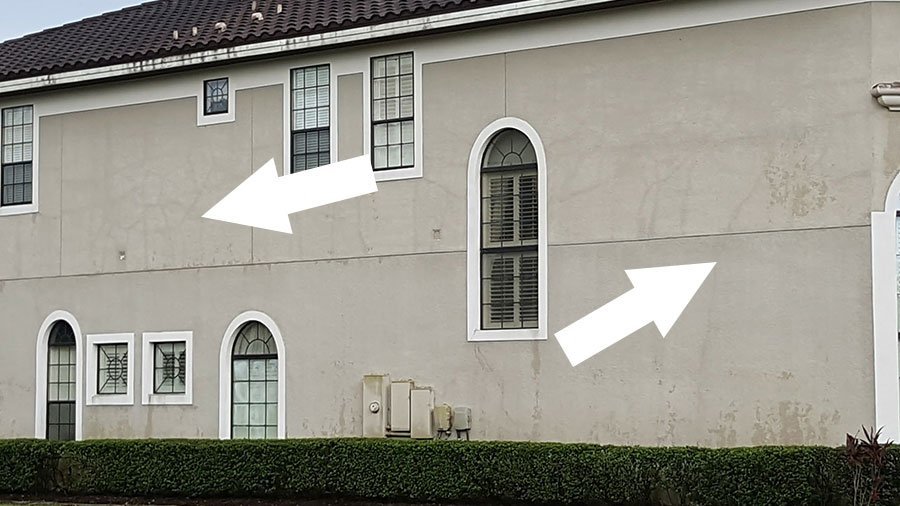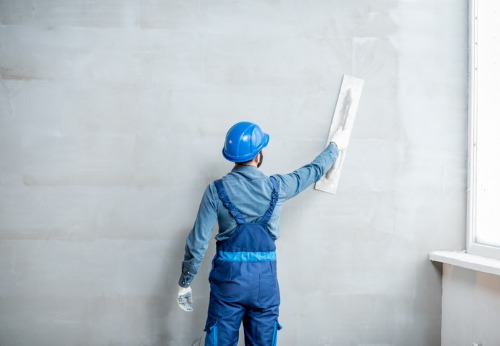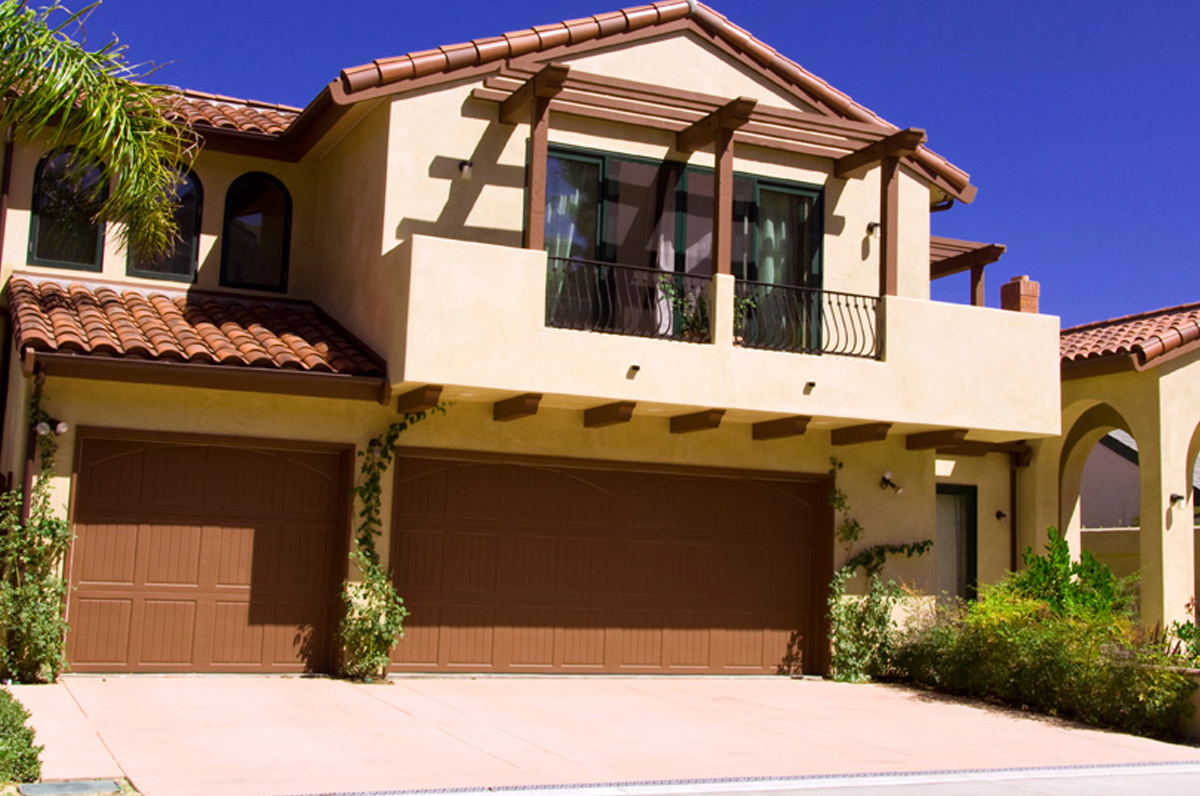Transform Your Area with the Help of a Relied On Stucco Contractor
Transform Your Area with the Help of a Relied On Stucco Contractor
Blog Article
Exploring the Convenience of Stucco in Modern Architecture
Stucco has actually long been identified for its aesthetic charm and adaptability, yet its function in contemporary design warrants a closer assessment. By exploring its cutting-edge applications, from striking exteriors to energy-efficient designs, one can value just how stucco is redefining the borders of building expression.
Historical Relevance of Stucco
The historic importance of stucco is profound, as it has actually played a crucial function in architectural practices across numerous cultures for centuries. Stemming in old human beings, stucco was used by the Egyptians and Greeks as a durable and versatile coating for both indoor and exterior surfaces. Its versatility to different climates and capacity to imitate more expensive materials made it a preferred choice.
In the Roman period, stucco ended up being a primary ornamental component, utilized thoroughly in public buildings, villas, and temples. The Romans improved the application strategies, permitting complex styles and alleviation sculptures. Throughout the Renaissance, stucco experienced a rebirth, particularly in Italy, where it was employed in fancy exteriors and ornamental details, showcasing the artistry of the duration.

Modern Applications in Layout
Stucco has actually discovered restored significance in modern-day design as a result of its flexibility and visual charm (stucco contractor). This typical product is increasingly utilized in contemporary design, linking the gap between modern-day and timeless aesthetic appeals. Developers and architects appreciate stucco for its flexibility, enabling it to be applied in numerous designs-- from minimalist frameworks to elaborate Mediterranean designs
In property projects, stucco uses a tidy, smooth surface that enhances the visual cohesion of facades. Its capacity to adapt different forms and surface areas makes it an optimal selection for both brand-new building and constructions and renovation tasks. Furthermore, stucco's toughness and reduced upkeep requirements add to its expanding popularity in urban settings, where lasting products are important.
Industrial applications have additionally embraced stucco, with numerous services selecting this material to create welcoming and unique store fronts. Making use of stucco in public structures, such as schools and recreation center, showcases its potential for producing visually appealing environments while providing superb insulation properties.
Color and Texture Advancements
Exploring color and texture innovations in stucco has opened brand-new methods for developers and designers, improving the product's visual influence in modern-day construction. Current developments in pigment modern technology have permitted for a bigger spectrum of colors, allowing developers to create striking exteriors that integrate perfectly with their environments or stand out as vibrant building declarations. This versatility in shade selection provides engineers the capability to evoke particular emotional feedbacks and balance with local looks.
Structure technologies have actually likewise changed stucco applications. Methods such as shoveling, spraying, and stamping have brought about varied surface coatings, varying from smooth and fine-tuned to responsive and rugged. These variants not just add to the building's personality however also play an essential function in light interaction, boosting the aesthetic deepness and dimensionality of surfaces.
In addition, the introduction of synthetic stucco options has actually broadened design possibilities, using boosted longevity and weather resistance while keeping visual charm. As designers remain to explore ingenious color combinations Get More Info and textured finishes, stucco continues to be a pivotal component in modern style, showcasing the material's versatility and classic significance in modern design.
Sustainability and Power Efficiency
Developments in shade and structure have not only boosted the aesthetic charm of stucco yet likewise paved the means for higher focus on sustainability and energy performance in contemporary architecture. As environmental concerns end up being progressively noticeable, the construction sector is turning its interest to products that contribute positively to ecological equilibrium.
Stucco, made up primarily of all-natural materials such as lime, sand, and concrete, uses a sustainable choice to more resource-intensive building materials. Its longevity and resilience reduce the need for constant substitutes, consequently decreasing waste and source consumption over time. In addition, modern stucco formulas commonly consist of energy-efficient ingredients that enhance insulation residential or commercial properties, minimizing home heating and cooling expenses for structures.
The reflective high qualities of stucco can additionally be engineered to alleviate warm absorption, adding to cooler indoor environments and much less dependence on fabricated climate control systems. By advertising energy conservation and decreasing the carbon impact of frameworks, stucco aligns with the concepts of sustainable design. As architects and builders take on environmentally friendly practices and cutting-edge techniques, stucco attracts attention as a liable and versatile selection in modern layout.

Situation Researches of Stucco Projects
The versatility of stucco as a building material is exemplified in various successful building jobs that highlight its functional and visual advantages. One noteworthy example is the restoration of the historic Casa de la Guerra in Santa Barbara, California. Using stucco not just preserved the structure's Spanish Colonial Rebirth style but additionally boosted its durability and weather resistance, making certain long life while maintaining building stability.
An additional compelling case is the contemporary domestic task, the Cactus Home in Scottsdale, Arizona. stucco contractor. This striking home features a smooth stucco finish that balances with the bordering desert landscape. The stucco's light shade reflects warm, adding to energy performance, while the textured surface areas include aesthetic go to my blog passion
Furthermore, the Kings Cross redevelopment in London showcases the adaptability of stucco in urban settings. The application of stucco on modern mixed-use buildings develops a cohesive aesthetic that values historical context while accepting modern style principles.
These study demonstrate exactly how stucco can offer numerous building objectives, from conservation and energy effectiveness to find out visual enhancement, making it a flexible selection in contemporary architecture.
Verdict
 In final thought, stucco's historical relevance and contemporary versatility make it a useful material in contemporary design. As shown through different situation studies, stucco proceeds to play an essential role in shaping the building landscape of the contemporary age.
In final thought, stucco's historical relevance and contemporary versatility make it a useful material in contemporary design. As shown through different situation studies, stucco proceeds to play an essential role in shaping the building landscape of the contemporary age.
In verdict, stucco's historical significance and contemporary convenience make it a useful product in modern style.
Report this page